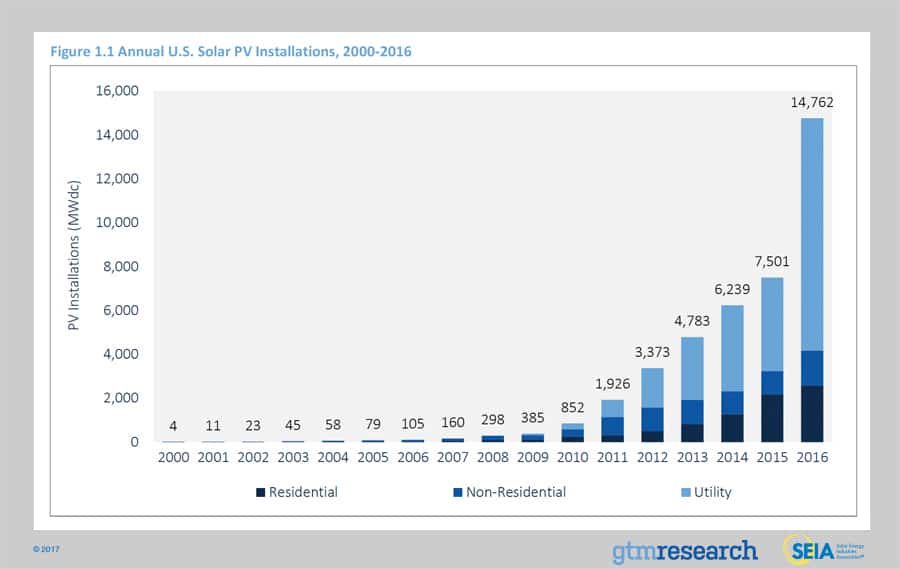88 wrote:
I was sitting in the airport a few weeks ago and couldn't help listening to one side of a conversation involving the installation of energy storage devices. The blow-hard salesman ruining my waiting-for-my-fucking-plane experience was jabbering on and on about the ease through which he is able to sell his electric storage cells to large businesses. They use a lot of juice and pay different rates depending upon the cost at peak etc. He said they can install the storage batteries (I got the impression that the storage batteries are used to collect and store energy from the grid when it is cheap as well as from solar panels installed on the building and on canopies over the cars in the parking lot etc.) at relatively low cost, and the company can recover that cost in less than four years. He said he is selling faster than his manufacturers and installers can keep up. This conversation was overheard before I watched the video, and so this all kind of make sense to me. This might be the company he works for, but I'm not sure.
http://www.primuspower.com/en/
One thing that you rarely see discussed, probably because most people just can't get their heads around it, but is critical to the economic success of energy storage in the Commercial and Industrial market, is the concept of demand reduction / demand response.
Most CI customers pay a Time of Use (TOU) rate that has both energy (kWh) and demand (kW) components. Generally there's a peak period, a mid-peak period and an off-peak period in the summer and just mid- and off-peak periods in the winter. The summer on-peak energy charge can be twice as high or more than the off-peak price.
You can see the tariff sheet for Southern California Edison's GS2 tariff, which is for mid-sized (20 kW to 200 kW) CI customers, here:
https://www.sce.com/NR/sc3/tm2/pdf/ce329.pdf
Option A has a huge energy charge (almost $0.40/kWh on-peak) and not so high demand charge (about $16.00/kW) where option B has a lower energy charge (about $0.13) and larger demand charge (almost $40.00/kW on-peak but only about $20.00 mid-peak and $16.00 off-peak).
Some companies end up paying a huge demand charge, much higher than their energy charge, because of the nature of how they use electricity. Demand is measured as the highest 15 minute average over the course of the one month billing period. 15 minutes is a pretty short period, and your demand charge for the entire month can be set by a single instance of high usage. For example, if you have a bunch of motors all start up at nearly the same time, the inrush current will cause a big intermittent spike in your demand and potentially cost hundreds or thousands of $$. Even if your natural load shape is spiky like, say running furnaces intermittently, the demand charge can kill you. A lot of companies that use multiple refrigeration compressors have controls that won't allow more than one to start up at any given time, just for this reason.
A storage battery can not only move your usage from the on-peak period to the off-peak period, it can smooth out all of the peaks that the utility sees by discharging when they occur. Think about it. If you're paying $40/kW for a 200 kW on-peak demand that's $8,000/month just in demand charges.




